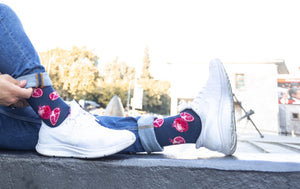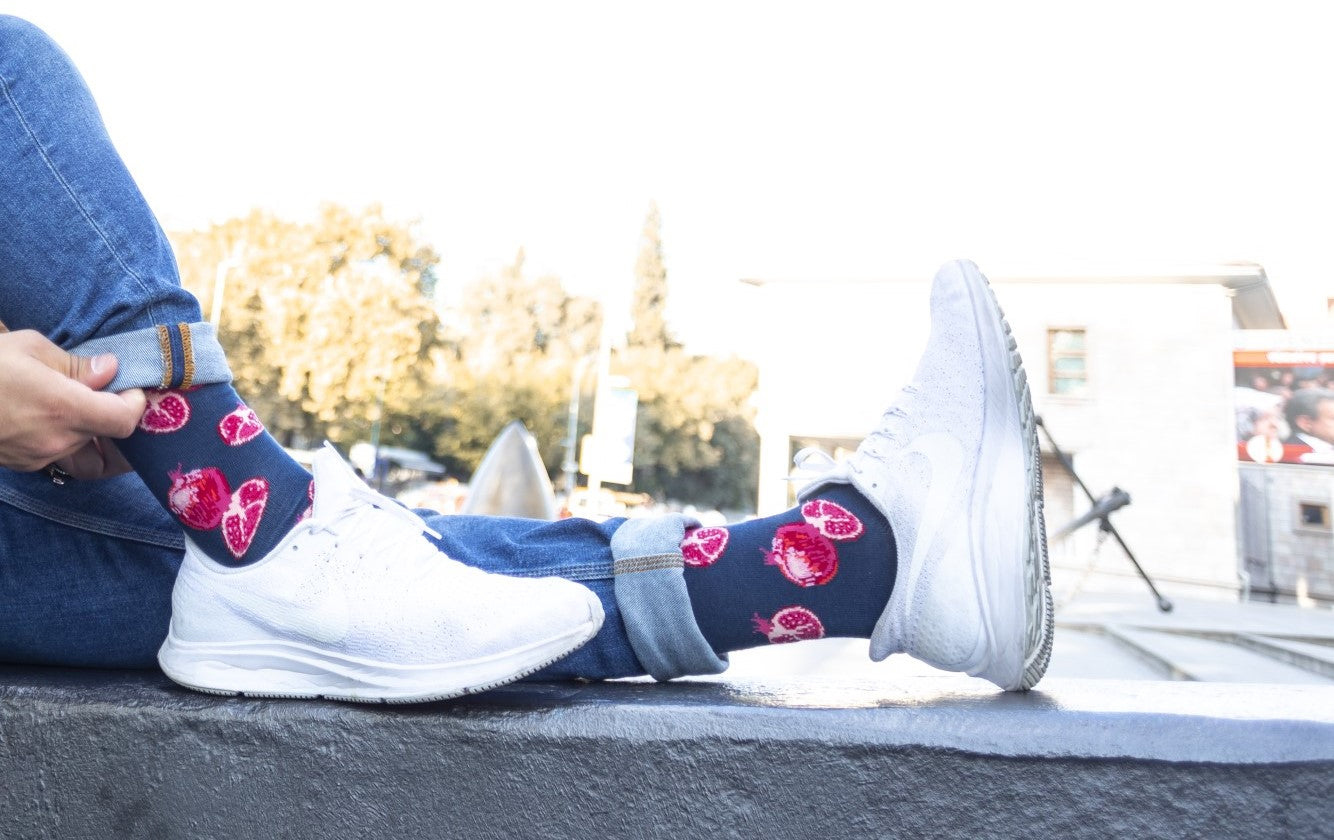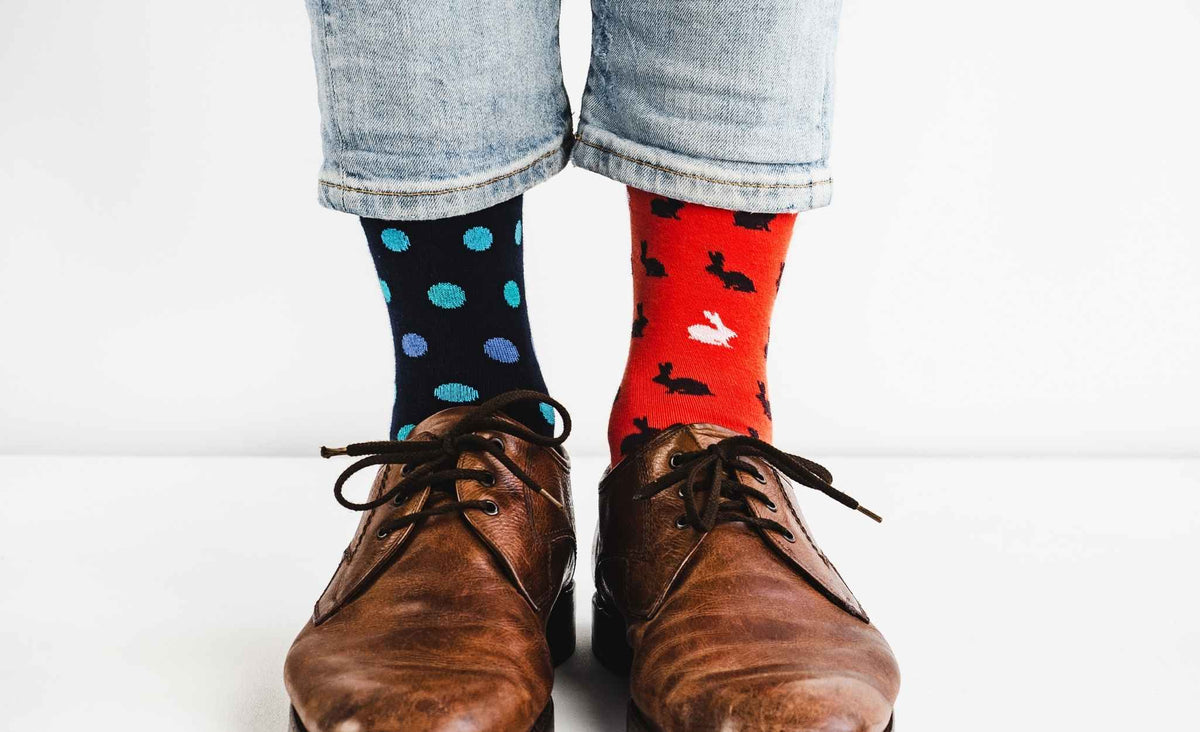IS FIBRE REALLY THE BEST SOCK MATERIAL?
August 01, 2017

The capacity of a sock to keep the feet from harm depends partly on the fiber arrangement and more precisely on the development strategy of the manufacturer. It is the absence of comprehension of fiber innovation that leads most medicinal services experts to make wrong suggestions to their patients in regards to choice for sporting exercises.

Fibers that assimilate moisture are named hydrophilic while fibers repulsing moisture are hydrophobic. Cotton fiber holds three times the moisture of acrylic. At the point when presented to encompassing air, socks made out of cotton hold moisture ten times longer than acrylic.
At the initial stage, moisture assimilation from the feet turns into an attractive element. In athletic movement, sweat yield on the feet can surpass one 16 ounces for each foot. A substantial piece of this moisture may really amass in the feet as it is created somewhere else on the body surface and trickles down the legs because of gravity. In any case, this volume of liquid far surpasses the absorptive limit of any sock item. Hence, to minimize moisture collection on the skin surface, the sock must set up a wicking slope to the shoe.
In a perfect world, a wicking angle happens when the shoe upper is breathable (i.e., nylon work) so that surrounding air facilitates vanishing of water vapor. All the more ordinarily, a shoe liner or upper will contain hydrophilic fibers that draw moisture from the hydrophobic sock material. Socks that are to a great degree hydrophobic (i.e., polypropylene) are thought to repulse water so adequately that wicking can't happen. Socks of halfway hydrophobic range, i.e., wool and acrylic, permit development of water yet won't ingest and hold water like cotton fibers will. Degrees of hydrophobic qualities alone, in any case, don't decide general wicking limit.
The mechanical structure of the fiber and compressibility of the fiber will decide general wicking potential. Normal fibers (cotton-wool) when loaded down with moisture, pack more effectively than manufactured fibers (acrylic). Hence, cotton and wool socks have a higher imperviousness to sweat transport of wicking. Whenever wet, acrylic fibers swell under 5% while cotton swells 45% and wool swells 35%. Swollen fibers that are compacted diminish air spaces and as a result of that, decrease moisture transport. In this manner, cotton socks display a 2.4 times higher imperviousness to moisture transport.

When simultaneously comparing hydrophobic qualities and mechanical fiber qualities, the fibers that wick moisture best are, from best to not to that good: acrylic, polypropylene, wool, cotton.
In studies undertaken on athletes wearing manufactured fiber socks versus cotton socks, other critical contrasts surfaced with respect to idealness of fiber structure. Cotton fiber socks, when wet, were seen to extend and lose their shape inside the shoe. This prompted to packing and wrinkling of the socks compared to acrylic fiber socks. After numerous wash-wear cycles, cotton fiber socks were noted to end up rough, potentially leading to skin irritation on the skin of the athlete.
In some sporting activities, the warm protection nature of the fiber creation diminishes. New manufactured fibers made out of an empty center material known as Thermax have been seen to successfully protect against heat loss
Share:
Leave a comment
Comments will be approved before showing up.







